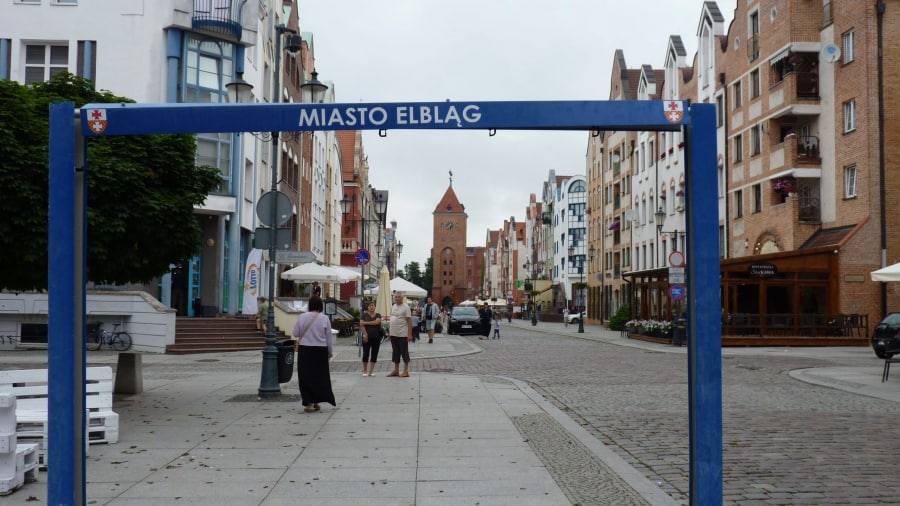One week after visiting Toruń, my wife and I hit the road again to check out the best things to see and do in Elbląg.
Where is Elbląg?
Elbląg is a city in northern Poland, assigned to the Warmian-Masurian Voivodeship.
If you’re staying in Gdańsk for a longer time, and have wheels, Elbląg is just a 45-minute drive away.
You can visit the famous Malbork Castle and Elbląg in a single day. Malbork is just a thirty-minute drive from Elbląg.
A summary of the best things to see and do in Elbląg

1. St Nicholas Cathedral
2. The 13th Century Church Path
3. Former Holy Spirit Hospital Complex
4. Museum of Archaeology and History
5. Galeria El Art Centre
6. Market Gate
7. Middle School of Empress Augusta Victoria – the last German Empress and Queen of Prussia
8. Planty Park
9. District Court Building
10. Renovated Gas Street Lamp (1914)
11. Słowiański Square – Fountain built in 1908
12. Post Office building (1887)
The top 5 best things to see and do in Elbląg
1. Amble down Old Market Street
We parked up in a car park just behind the Zielone Tarasy shopping centre. This is just a short ten-minute walk to Old Market Street.
Arriving at the Market Gate, and gazing down Old Market Street, everything looked so remarkably similar to the most famous street in Gdańsk – Długa.
Apart from stunning tenement house buildings, restaurants, cafes and ice cream shops, Old Market Street is home to St. Nicholas Parish Church and the town hall complex.
Outdoor exhibition on the revitalisation of Elbląg
On Old Market Square Street, between the town hall and the St.Nicholas Cathedral, there’s an outdoor exhibition presents the history, destruction, preservation and revitalisation of Elbląg through the centuries.
Here are some of the most interesting facts and pieces of information I took away from the exhibition:
- The first mention of Elbląg goes back to 1237
- In the mid-fifteenth century, residents of Elbląg drove out the Teutonic knights from their lands and stripped their castle. For the next 300 years or so, Elbląg belonged to Poland (until the first “partition” – the elimination of sovereign Poland – in 1772)
- The 16th and 17th centuries marked a golden period in the history of Elbląg due to a flourishing maritime trade. At that time, all Polish imports and exports passed through Elbląg
- After the destruction Elbląg suffered during World War Two, attempts to revitalise the Old Town proved fruitless
- In 1980, the Interdepartmental Commission for the Regeneration of Cities and Landmark Municipal Complex, headed by Professor Wiktor Zin, agreed on a concrete course of action. Firstly, thorough archaeological surveys had to be carried out. Secondly, buildings would be erected on old foundations. Finally, a Plenipotentiary of the Mayor would be appointed to take responsibility for the “Development of the Old Town”
Retroversion
- As a result of the meeting headed by Wiktor Zin, the idea of “retroversion” was born
- Retroversion is a method of rebuilding destroyed historical cities. In 1983, Professor Maria Lubocka-Hoffman, the then Regional Conservator of Monuments, outlined a plan for the retroversion of Elbląg
- International standards for the protection of cultural heritage, namely the Venice Charter of 1964, stressed respect for authentic elements. In Elbląg, the medieval street layout was preserved, but new structures could be supplied with more modern features. All new buildings were constructed on the foundations of former tenement houses
- Those with close ties to Elbląg claim that retroversion on such a scale would never be witnessed anywhere else in the world
Excavation works
- Painstakingly detailed archaeological works preceded the reconstruction of each of the sections of the Old Town. Hence, Elbląg is one of the best archaeologically surveyed cities in Europe
- Excavation works carried out over a period of 30 years revealed otherwise unknown relics of an underground city. For instance, archaeologists located and reconstructed the Old Town Hall
- Determined beyond doubt were the location of the Teutonic castle, demolished in the 15th century, the water and sewage system of old Elbląg and components of the city’s defense fortifications
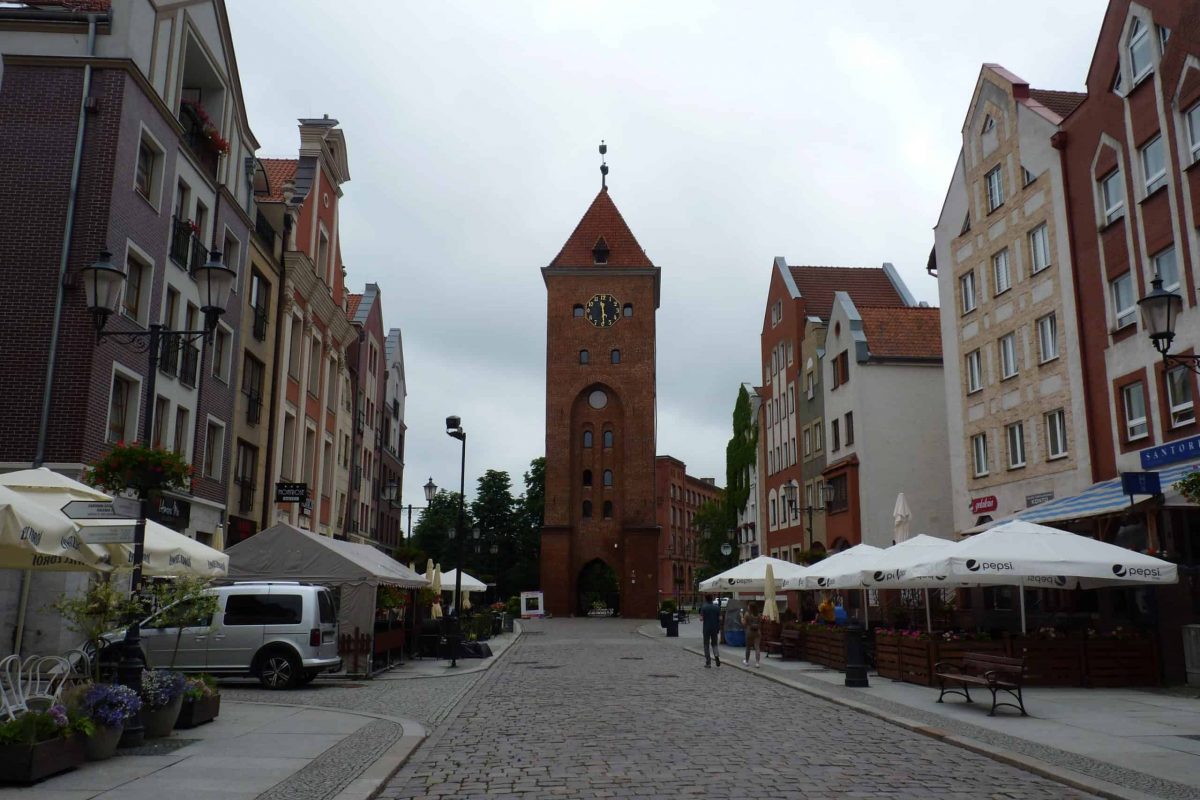
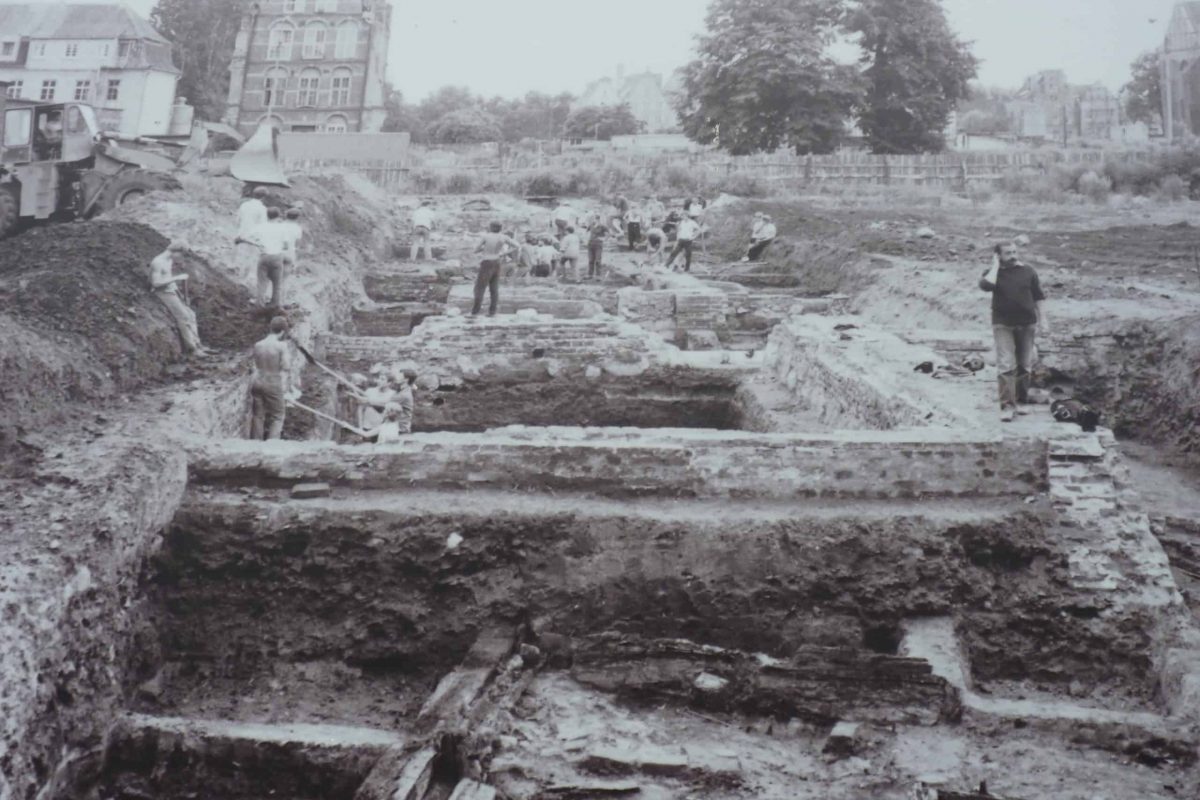
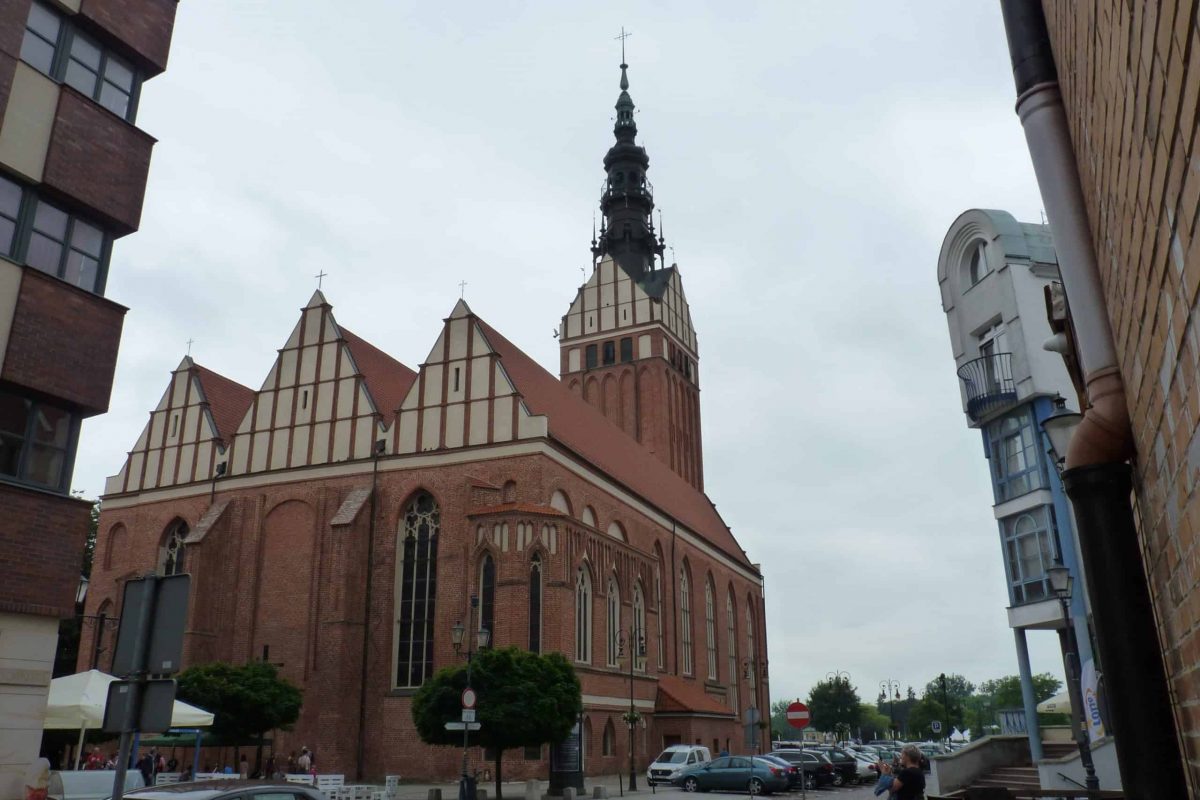
2. Climb up the Market Gate Tower
The Market Gate (Brama Targowa) is the only surviving part of the old defensive walls surrounding Elbląg.
The lower part of the gate was constructed in 1319, while an additional storey was built in 1420.
The Market Gate is perhaps most well-known for an episode which took place during the Polish-Teutonic War of 1519-1521. On 8 March 1521, one of the Teutonic army units had a plan to conquer Elbląg. It sneaked up to the town walls, ready to launch a surprise attack. The whole time, a baker’s apprentice was observing the Teutonic forces. He used a shovel to cut the ropes which held the portcullis in its raised position, thus closing the gate and preventing the enemies from entering the city.
To honour the baker’s heroic deed, the residents of Elbląg erected a statue of the baker in 2006.
During armed clashes in February 1945, the roof of the tower was destroyed, whilst fire totally gutted the interiors.
The reconstruction of the Market Gate commenced in 1949. It was the first restored monument in Elbląg.
In 2006, the European contributed funds for a thorough renovation of the Market Gate. Since then, visitors have been able to admire the panorama of Elbląg from a height of 24 metres.
Impressions
The views from the top of the tower are not much to write home about as the small windows are closed.
However, being inside, and climbing up the tower – it’s all about immersion in the fascinating history of Elbląg.
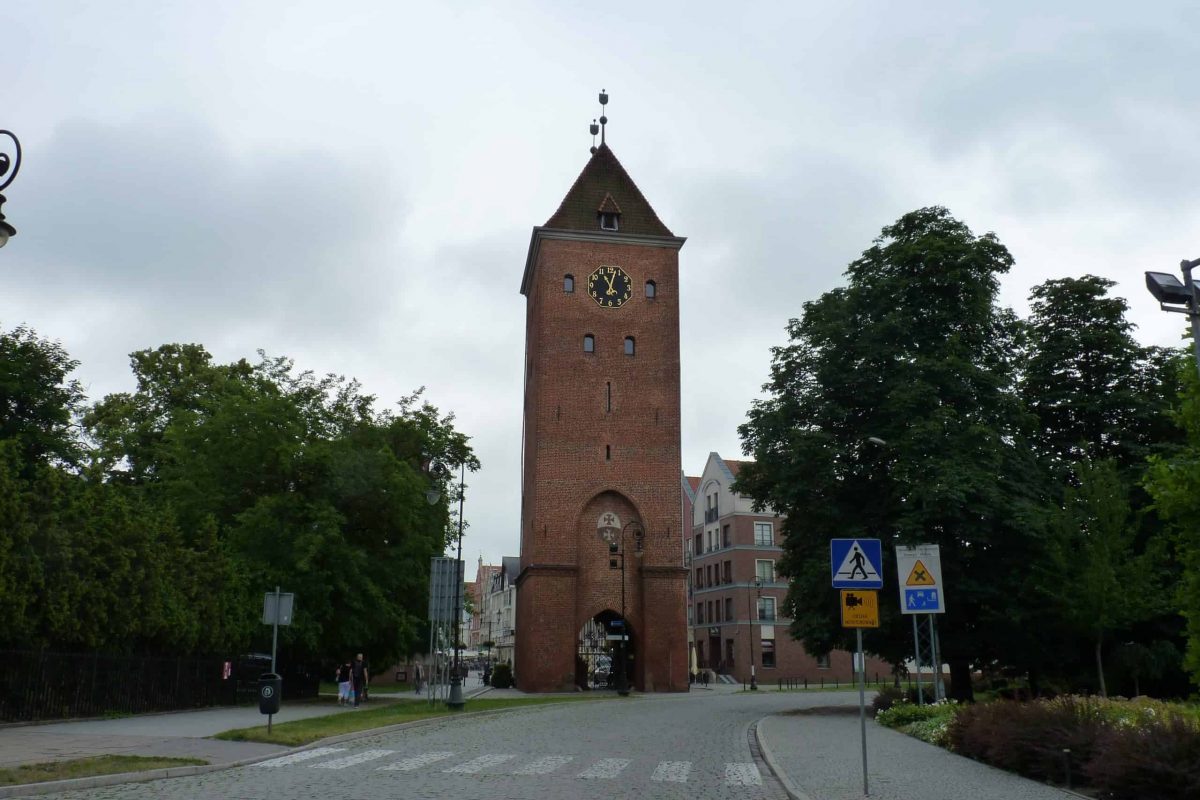
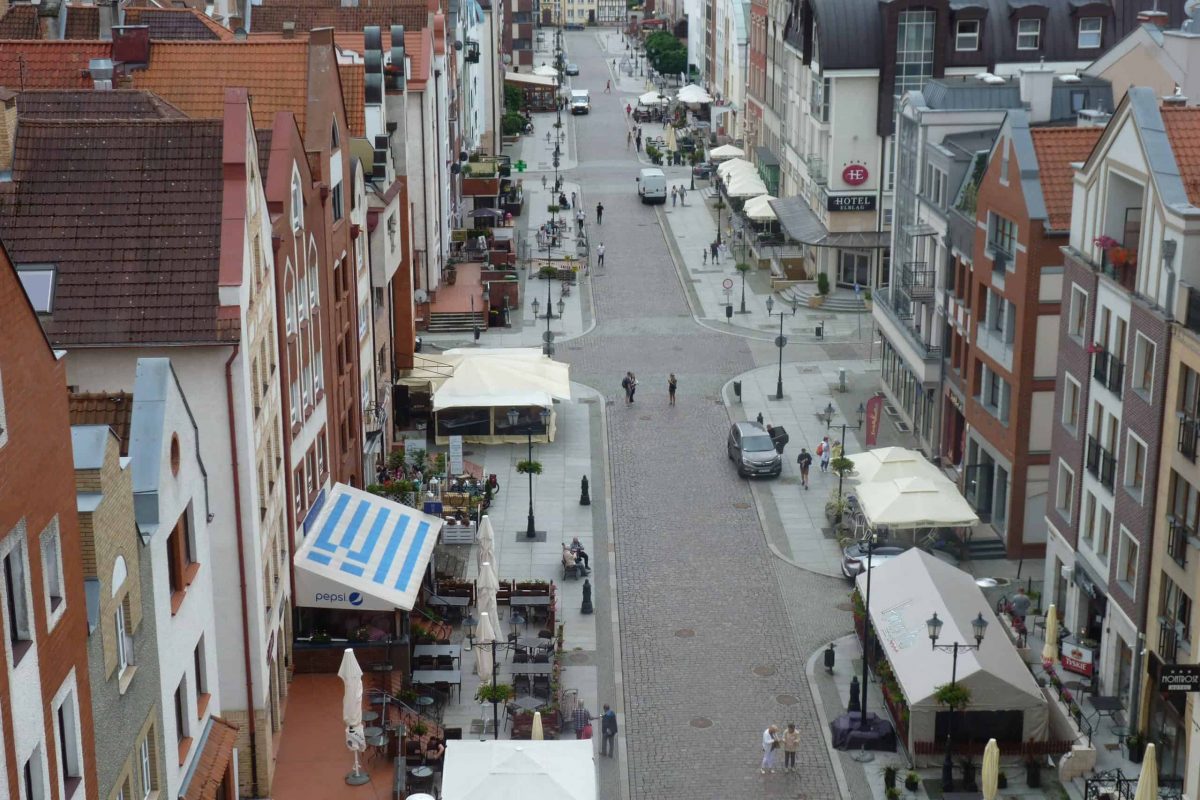
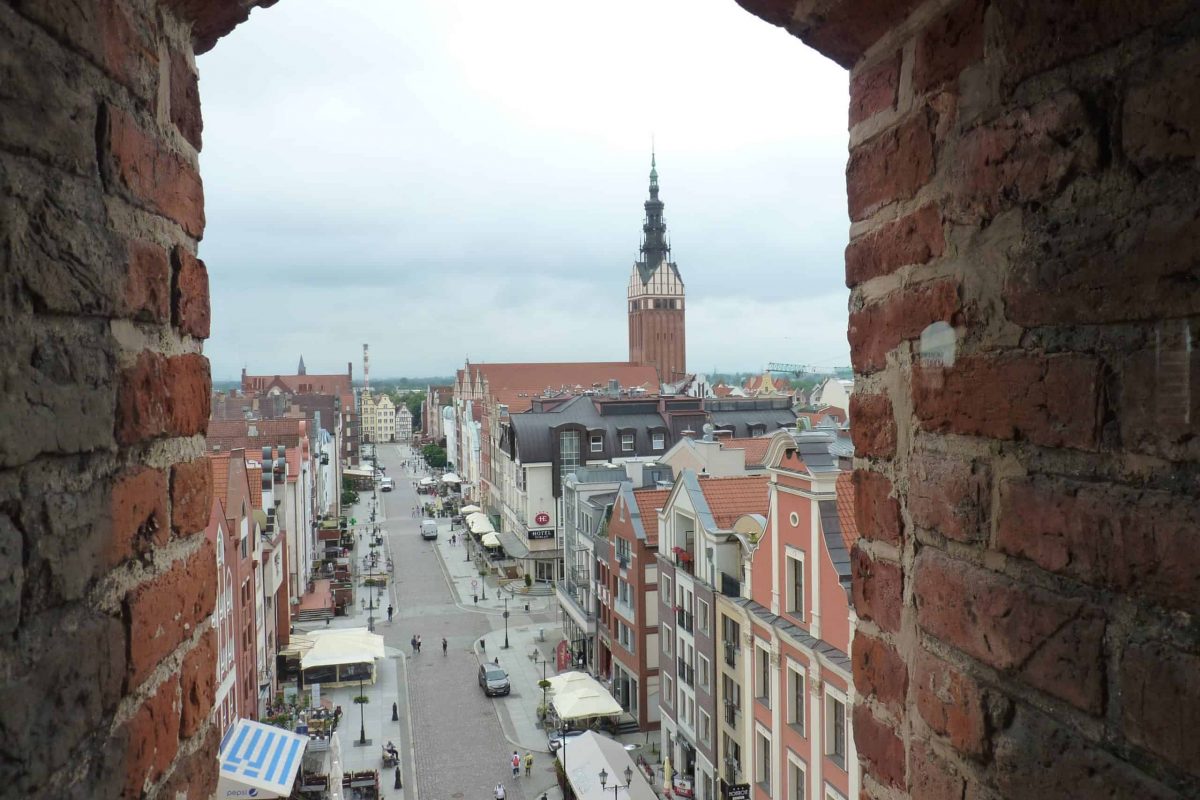
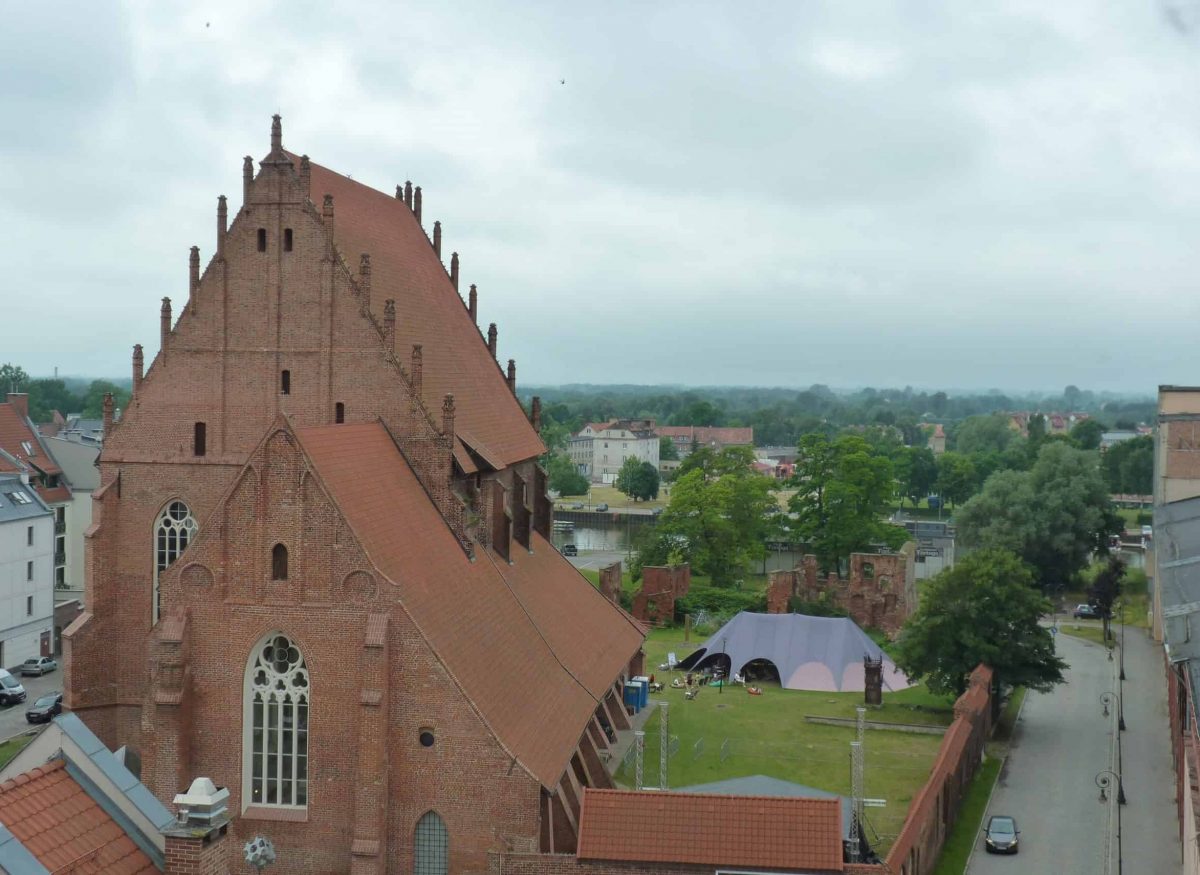

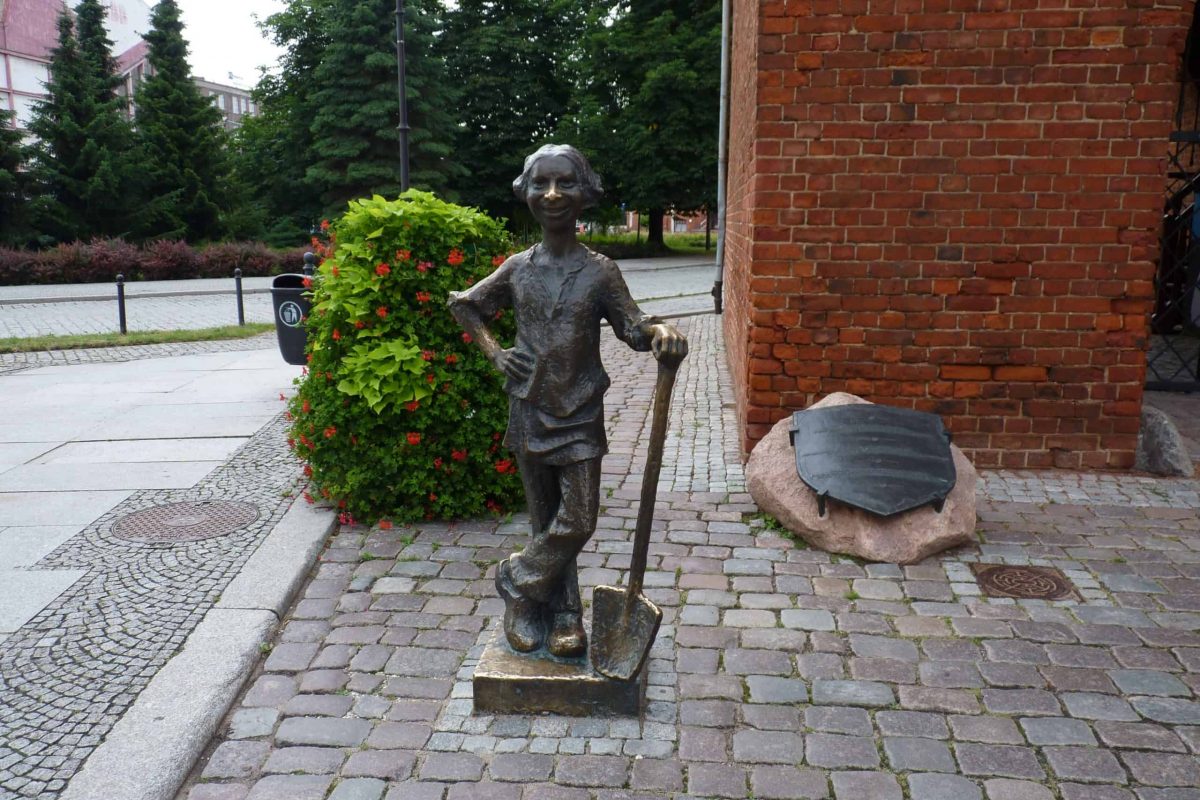
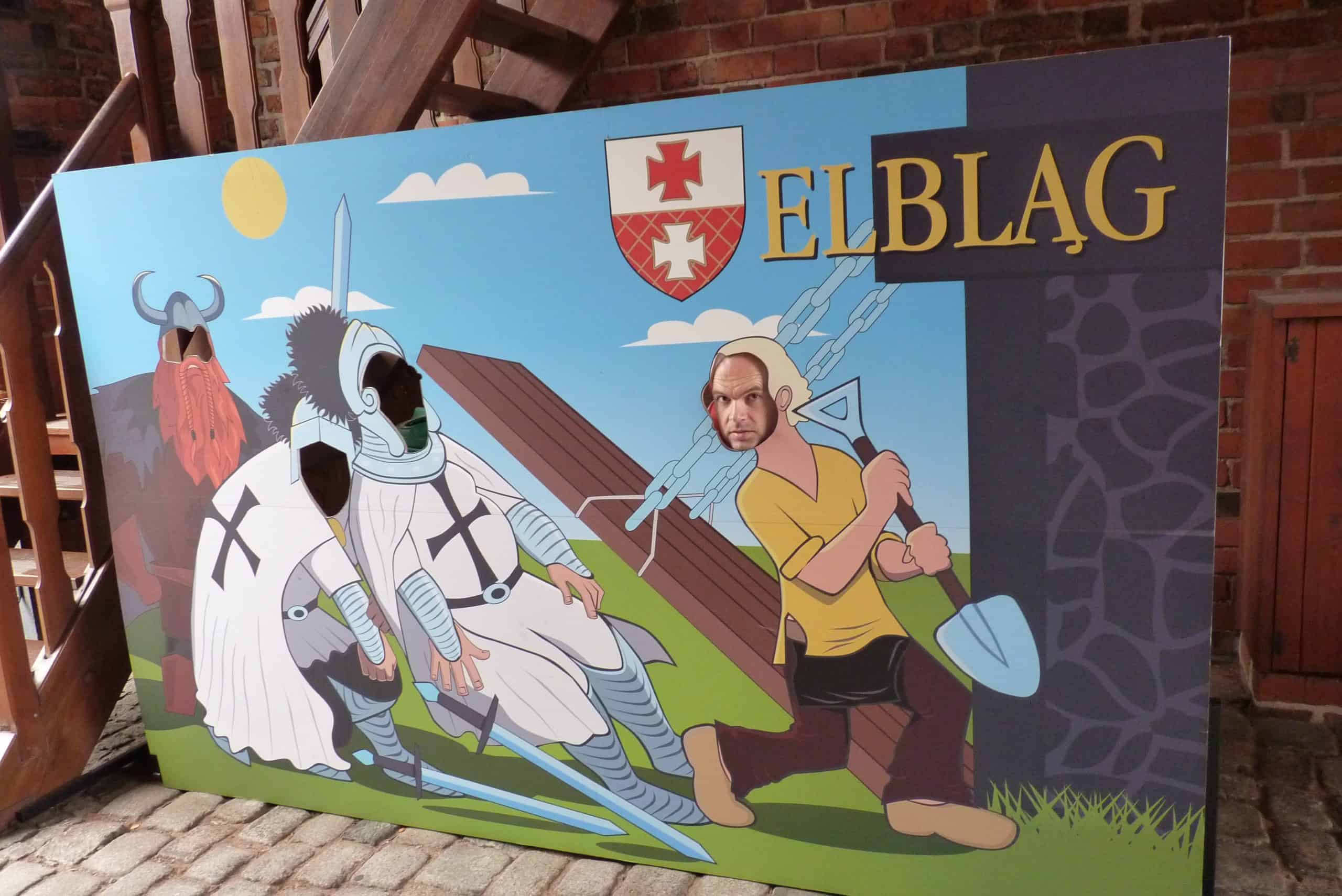
3. Visit the Museum of Archaeology and History
On the way to the Museum of Archaeology and History, we checked out some beautiful tenement houses along Wigilijna and Świętego Ducha streets.
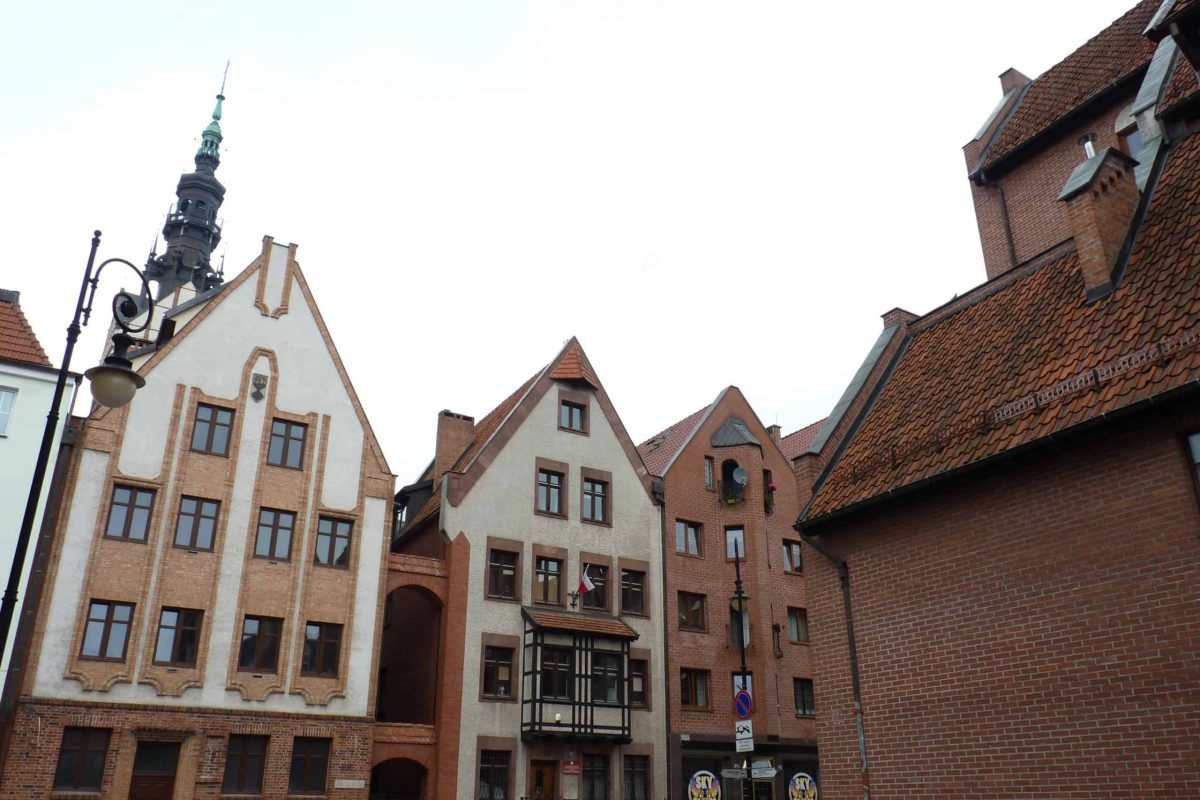
The Museum of Archaeology and History in Elbląg houses fascinating exhibits from various archaeological sites. Areas excavated include the Old Town in Elbląg and Truso – the former Viking trade settlement.
The vast collection of artefacts is located in two buildings: the former Słodownia (meaning Malt House, also known by the popular name of Podzamcze), and the former Middle School.
The ticket office is located in the former Middle School building. I found the exhibits in this building to be rather boring. Just a bunch of old pots and pans. Nevertheless, you won’t be disappointed by the exhibitions in the Malt House building.
Entry to both buildings costs 25 PLN for adults. Discounts apply to families (minimum 4 people) and organised groups.
On your way out of the Malt House Building, ask the docent for any material or books in English. I received a free guide book to the history and the preserved monuments of the past of Elbląg and Kaliningrad. The two cities have a great deal in common, and the museum in Elbląg and the Friedland Gate Museum have been collaborating for a few years through the “Museums over the borders” project.
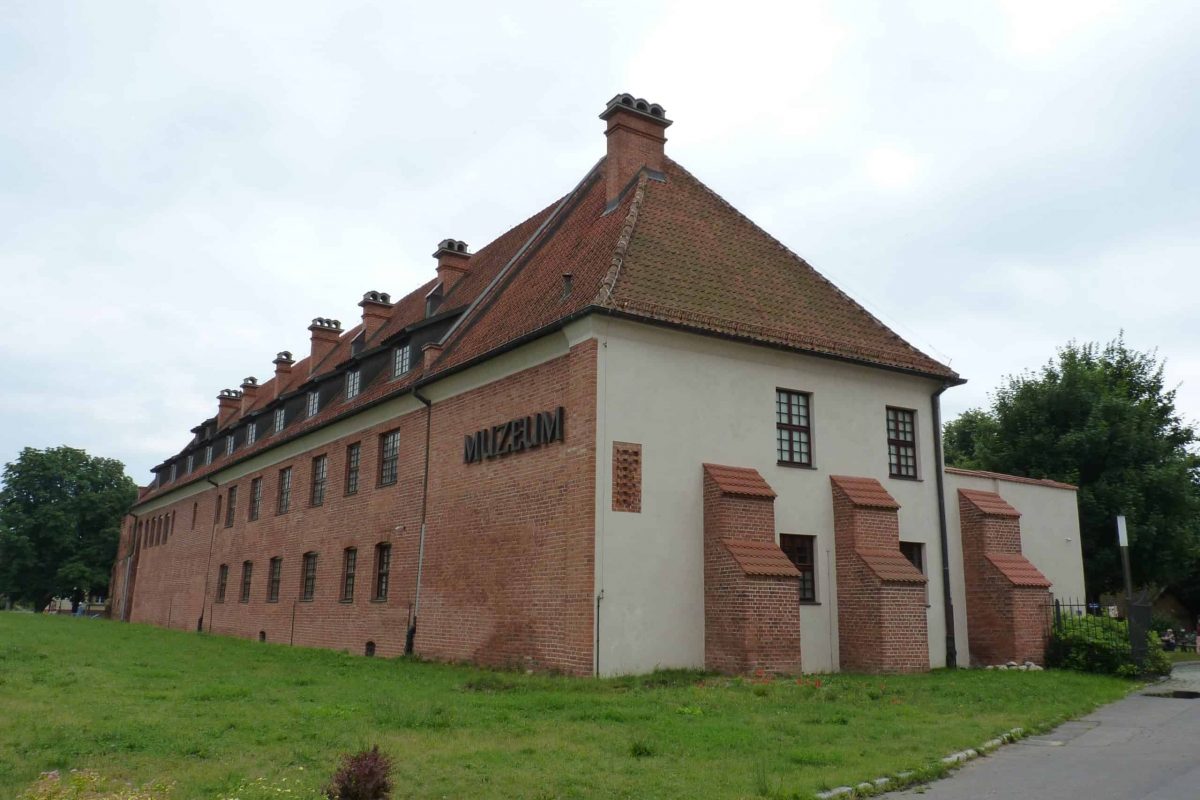
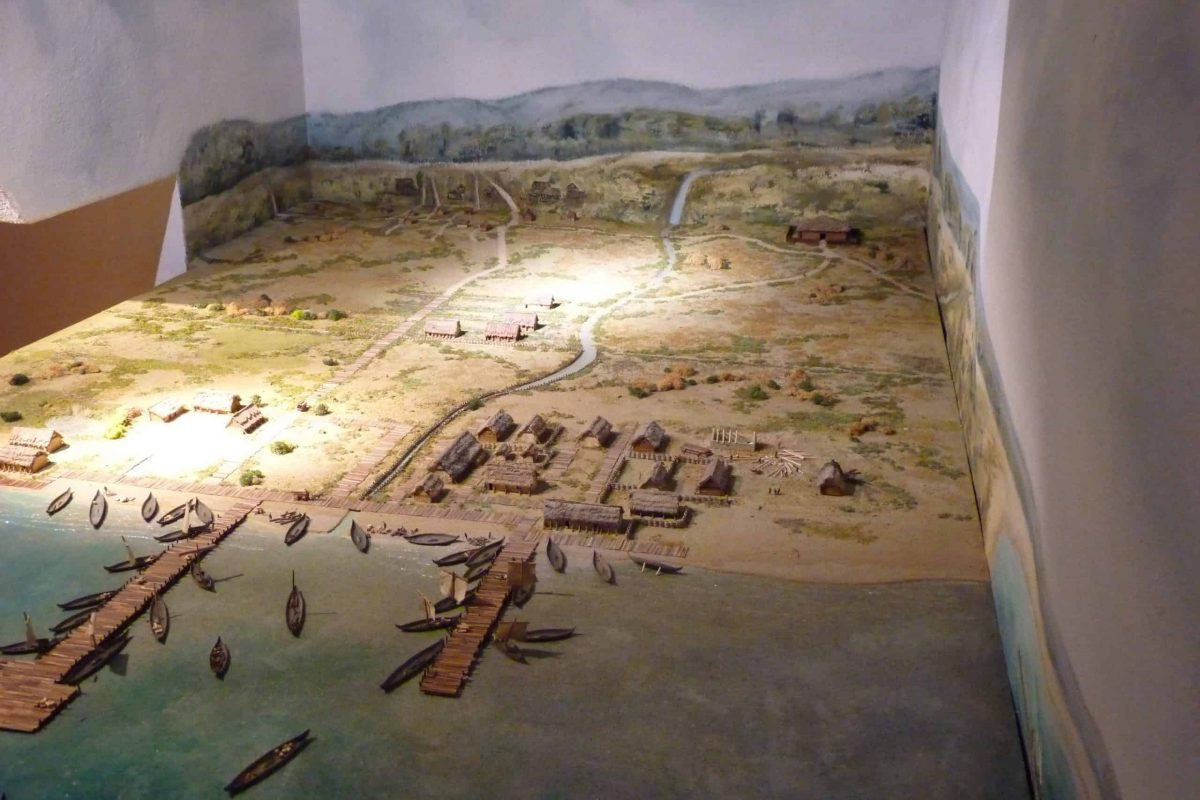
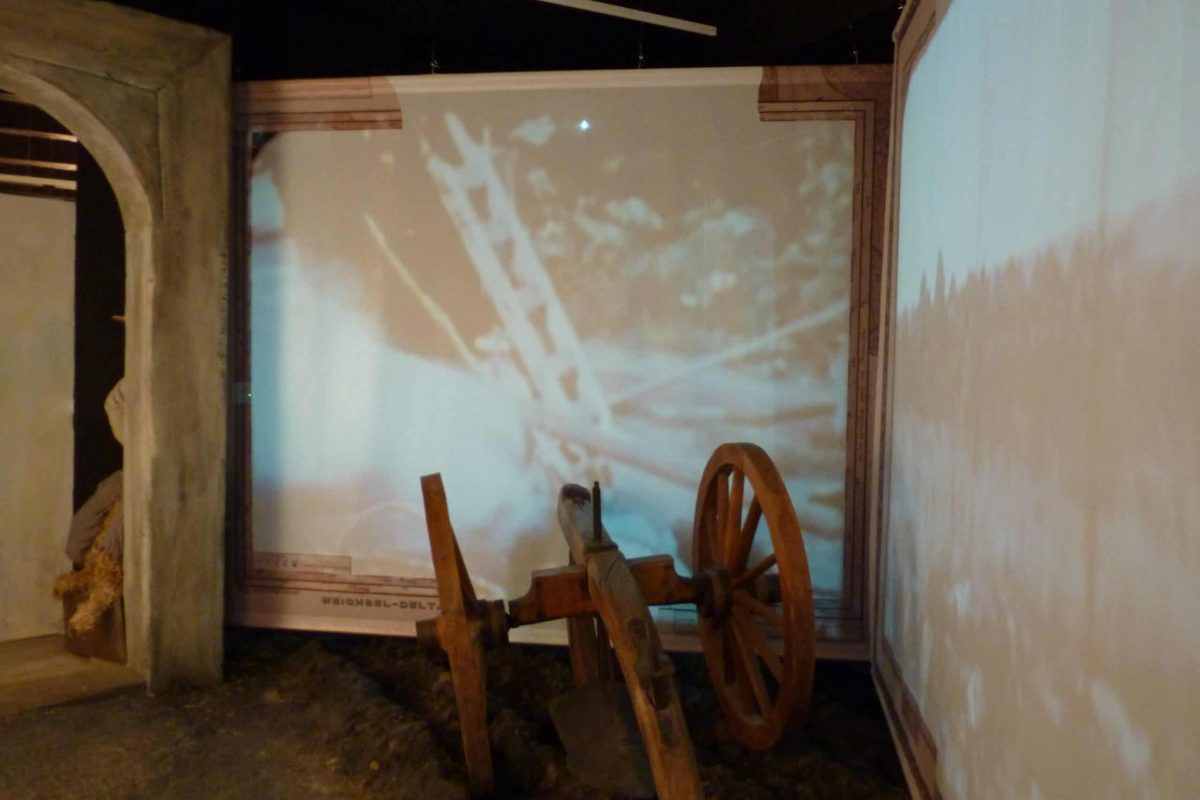
4. Walk down “Church Path”
Connecting Świętego Ducha and Mostowa streets is “Church Path” – a narrow passage between tenement houses. Its Polish name is Ścieżka kościelna.
In medieval sources, the street was referred to as “narrow” (first mentioned in 1341). It was called “Church Path” due to the fact it connected three churches: the Holy Ghost hospital, the parish church of St. Nicholas, and the church of the Holiest Virgin Mary.
After the Second World War, only this section – Church Path – survived. The entire passage is spread over ten Gothic arches.
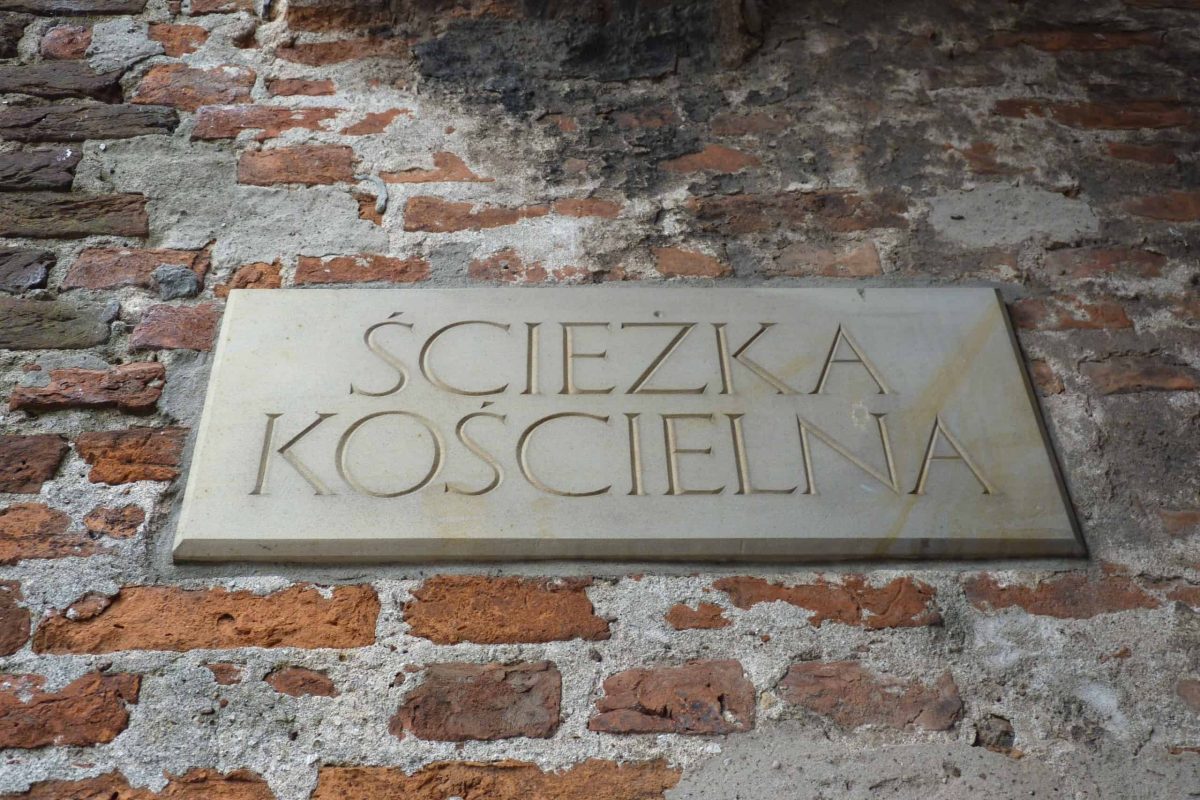
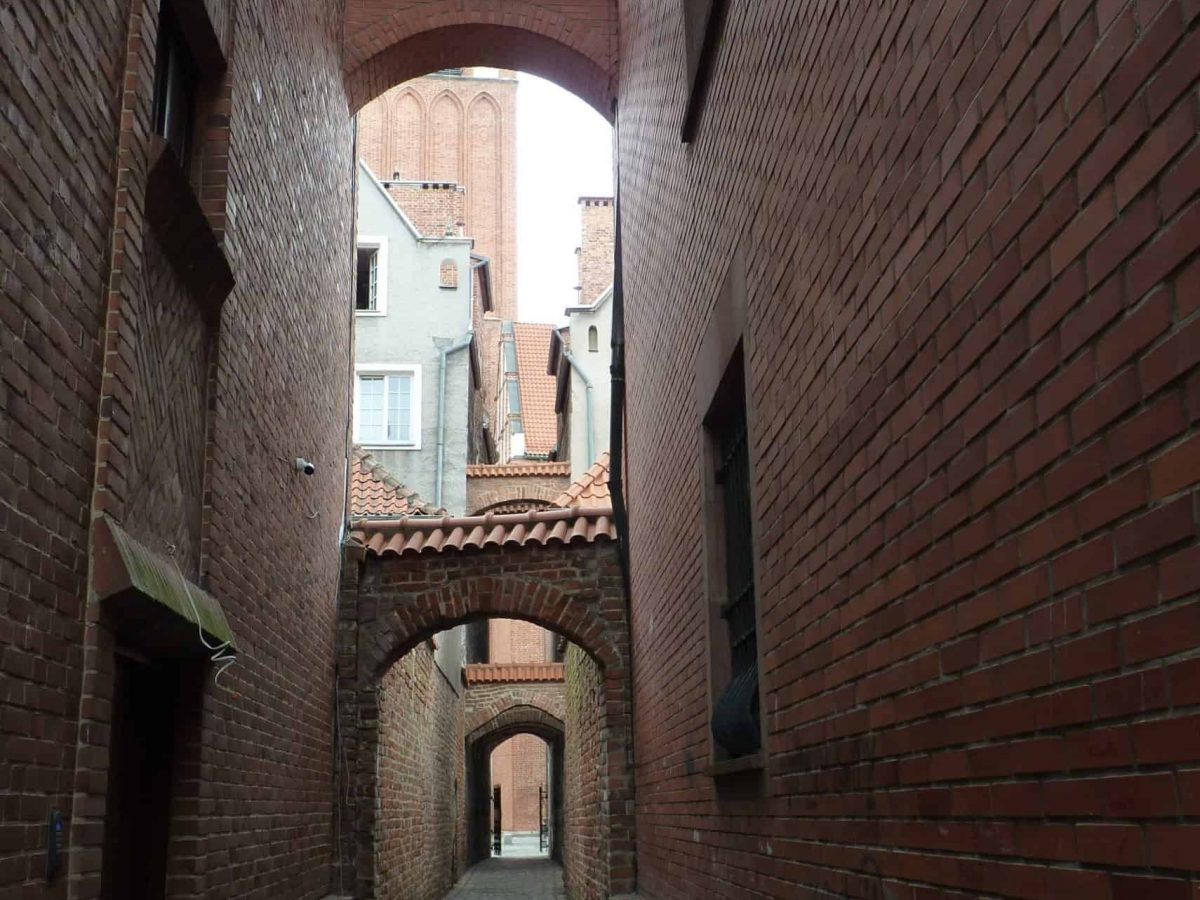
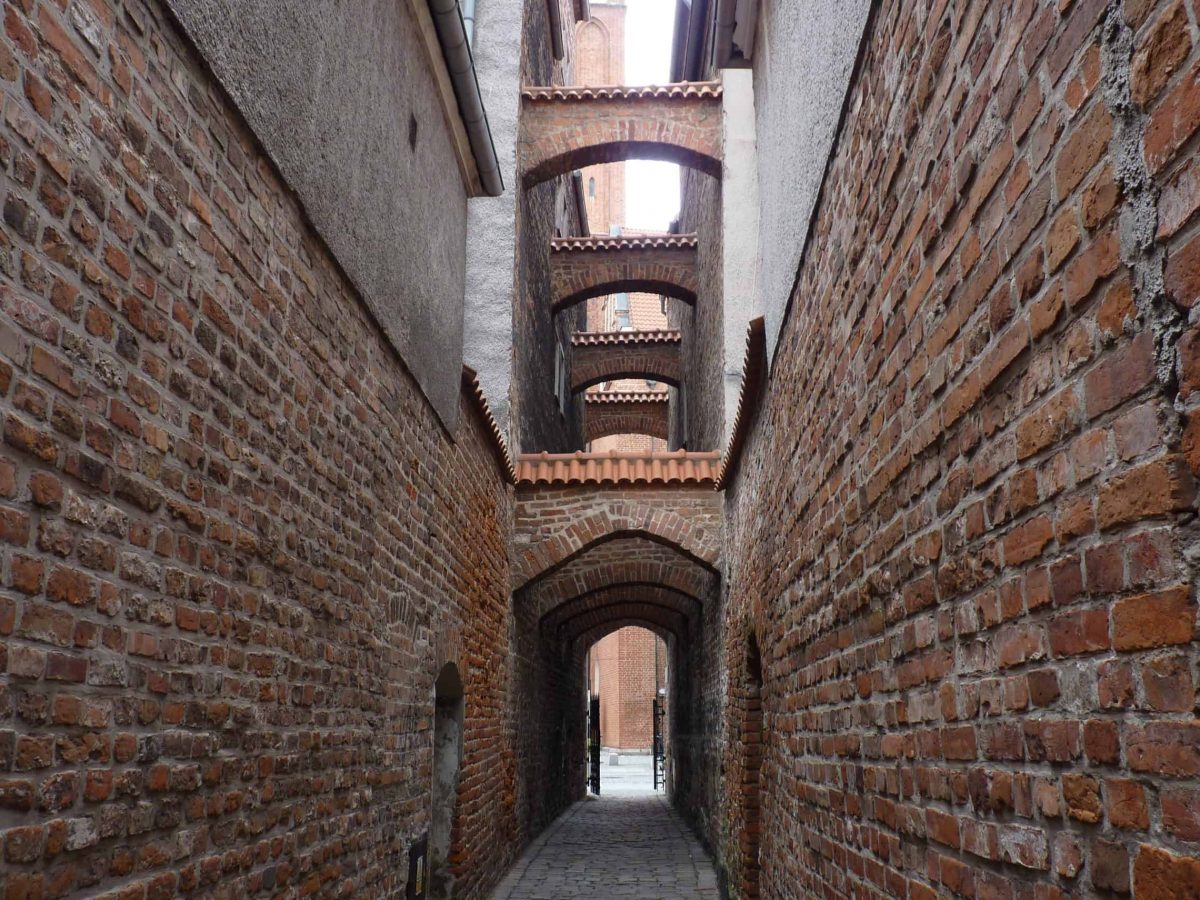
5. See the Old Town bridges and go for a walk along the Elbląg river
One of the best essential things to see and do in Elbląg is to spend time by the Elbląg River.
As part of the revitalisation of the riverside area and the strategic program of restoring the river’s status as the main axis of Elbląg, two drawbridges were commissioned in 2013. Moreover, the eastern waterfront between the bridges was modernised.
The bridge with the oldest tradition is High Bridge, at the end of Mostowa Street. Evidence that it underwent repairs in 1322. Therefore, it was certainly constructed earlier.
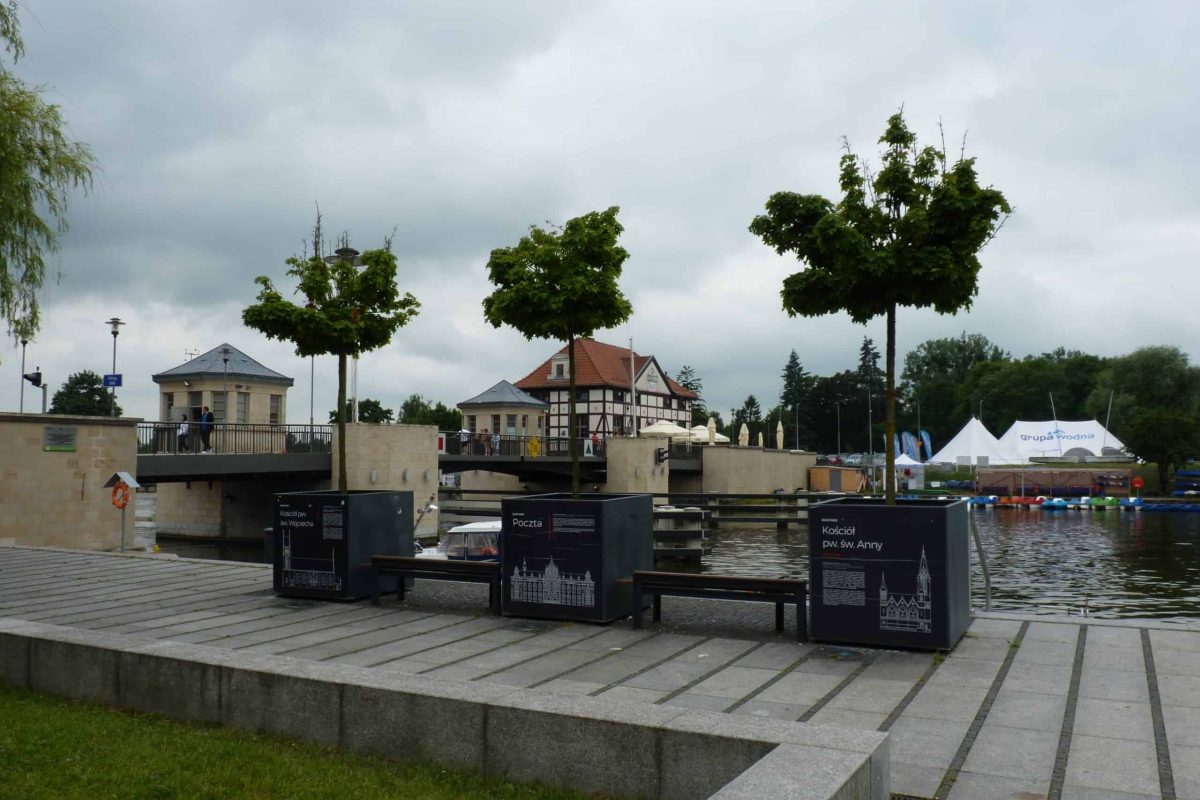
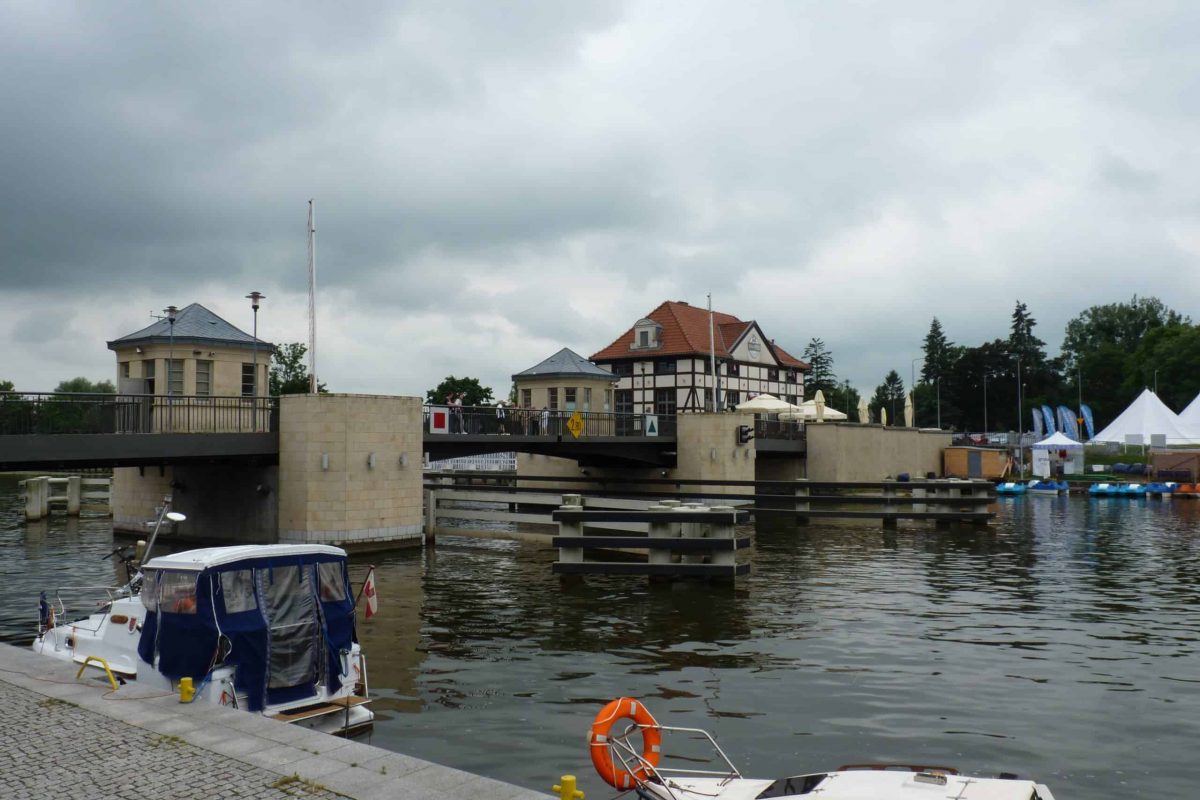
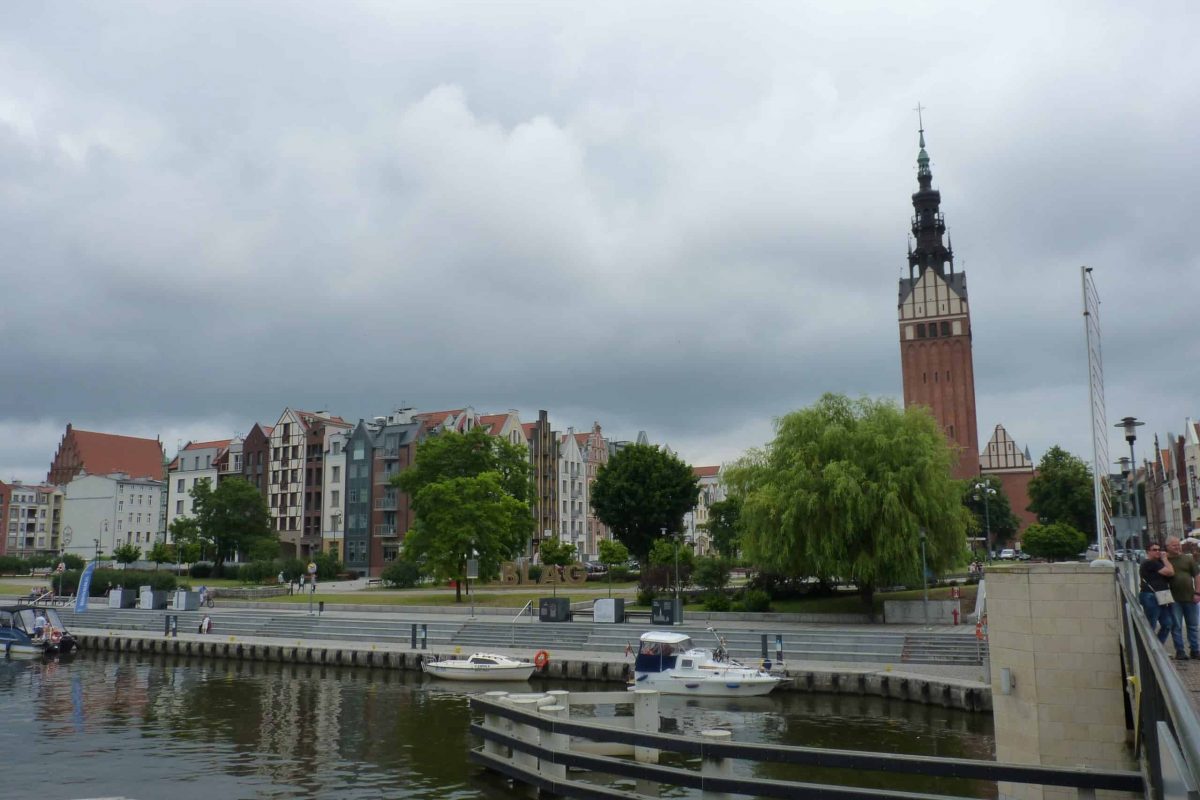
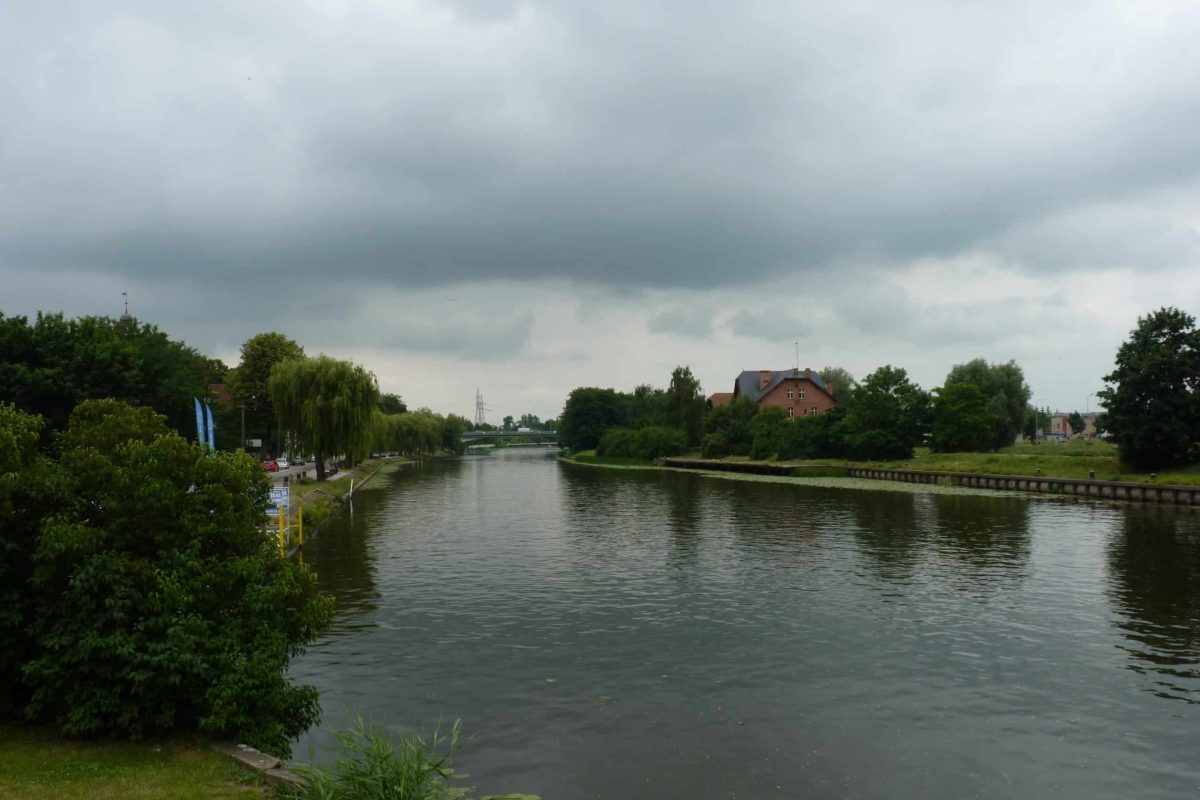
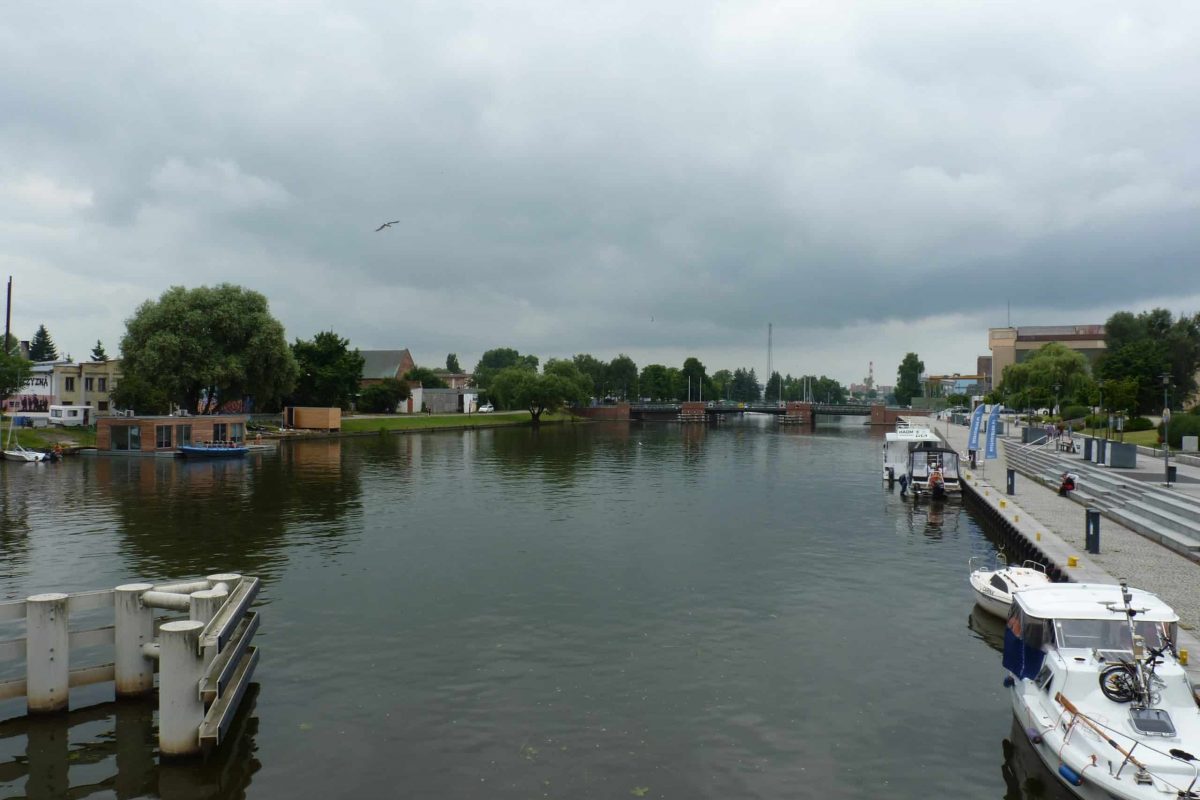
Elbląg – Unique in its own right and not just a “mini Gdańsk”
With my list of top five things to see and do in Elbląg, I’ve only scratched the surface.
For history buffs, and those into old buildings, Elbląg ticks all the boxes.
For the city’s archaeological links, retroversion, rejuvenated tenement buildings and the alluring Old Market Street, Elbląg is unique.
I’ll be back.

